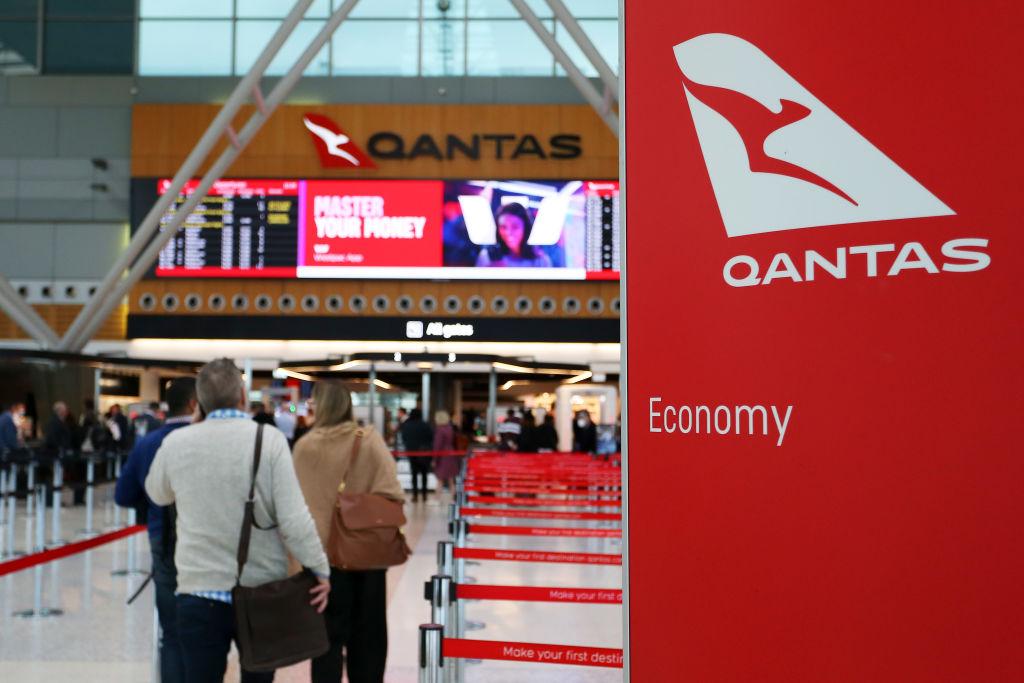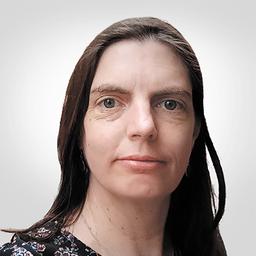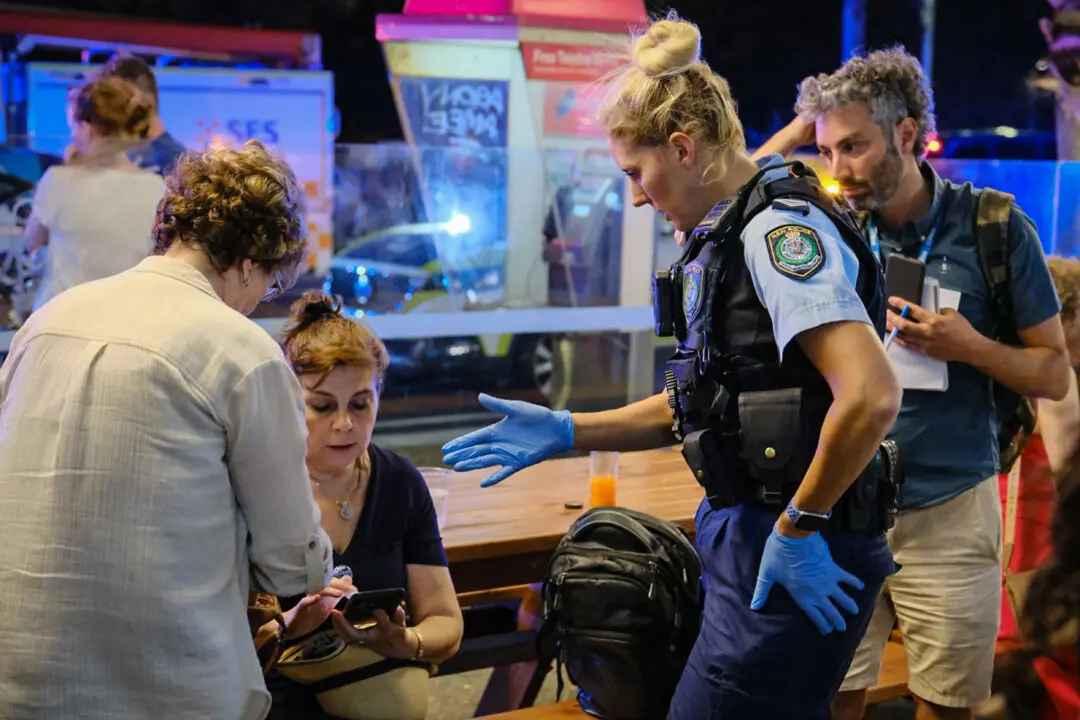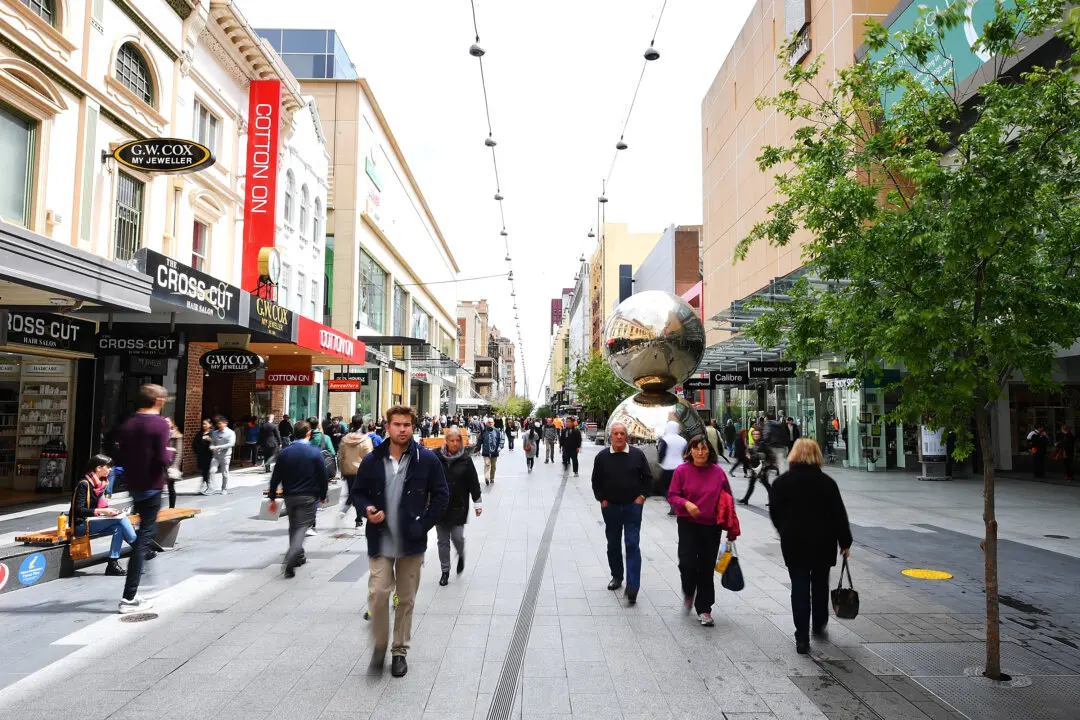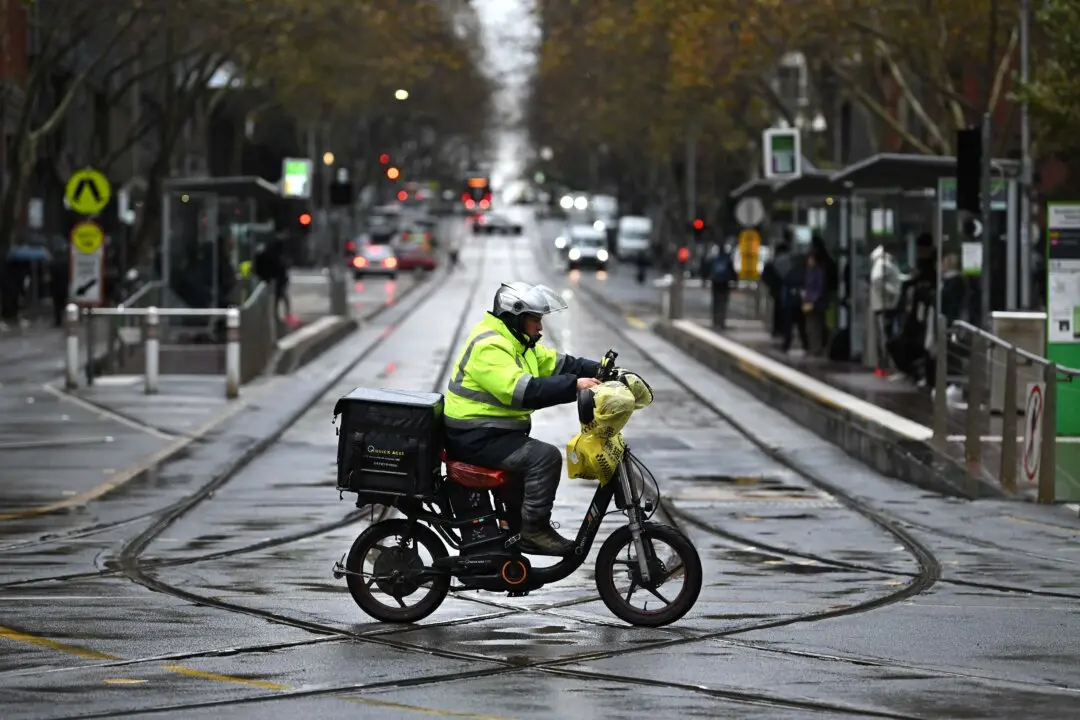Qantas has developed new cabin lighting for long-haul flights from Australia’s east coast to London and New York following 150 hours of testing.
The airline’s Project Sunrise seeks to reduce jetlag and improve wellbeing by taking inspiration from the colours of the Australian landscape.
